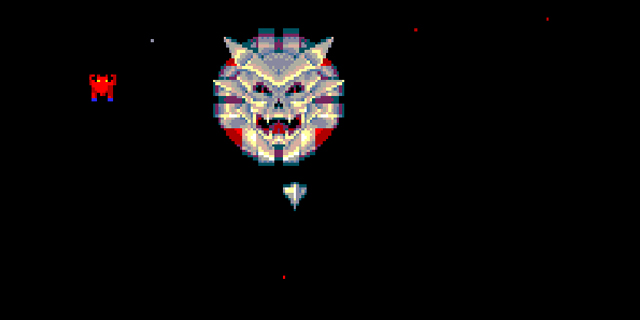
Dread.
That’s the main theme of Sinistar. Facing what is best described as a mechanized space horror, the player fights a battle he has no real chance to win from the beginning. Moving from asteroid to asteroid as fast as the ship engines can handle to collect the bombs needed to destroy Sinistar, it’s impossible to avoid the feeling that time is running out. That it’s an uphill battle.
With an endless supply of enemy workers relentlessly building the dark machine and warrior after warrior distracting you from your own goal, each distraction counts. They slowly add up, and striking the right balance between protection and mining is not an easy task. You are bound to slip, and Sinistar is pleased by your mistakes, drawing closer with each one.
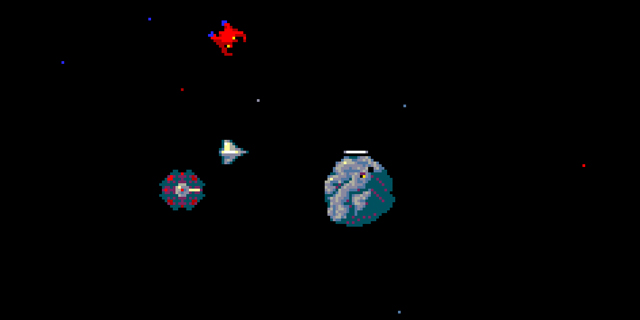
It’s a unique approach for a horror game. Most of the genre follows the template set by Infogrames’ Alone in the Dark, with its slow, powerless protagonist facing the lovecraftian unknown directly in opposition to the fast ship and one-man show antagonist of Sinistar. The idea of hopelessness, of unimportance, is driven completely differently, but the ideas remain the same.
Because it doesn’t matter how powerful your ship is when Sinistar simply eats it up.
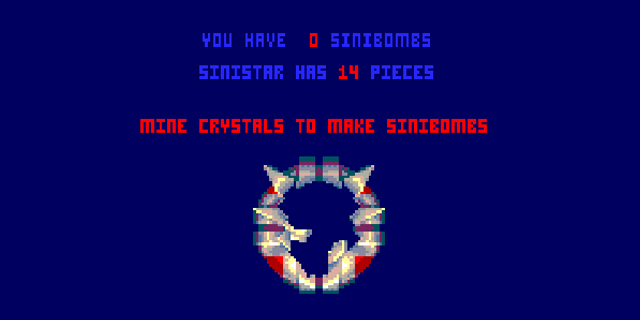
Perhaps not surprisingly this fear is fueled by the legendary difficulty of the game, which doubles as the game main flaw. Rushed into the arcades during the arcade slump of 1982, arcade operators found an average of three minutes of play for new players intolerable and forced the developers to raise the difficulty of an already-hard game. And it only gets harder; there’s no rest.
Unlike previous games by Williams (like Defender), Sinistar has several fail-safe mechanisms built in that constantly keep the player in check and moving. An adaptive AI monitors the patterns of all enemies in the screen and tweaks them to be more effective depending on your tactics, forcing you to diversify. Killing workers brings more warriors to fight, and mining more materials than needed makes workers steal them from you rather than mining themselves. Ignoring the enemy ships makes the AI more focused on economy, where you have no chance to win.
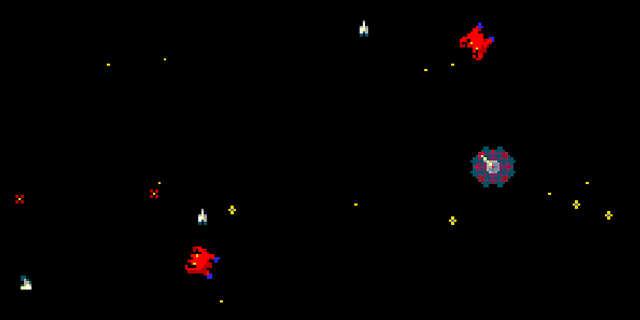
And it doesn’t stop there. Enemies get faster as you progress, and warrior attacks get more frequent. The battlefields change and asteroids get less common until reduced to an almost-perfect void. And even if you manage to do well, you must quickly move and fight, because you can’t store any bombs past twenty.
Not even the best players can marathon Sinistar. The total play time of the most skilled players barely exceeds forty minutes.
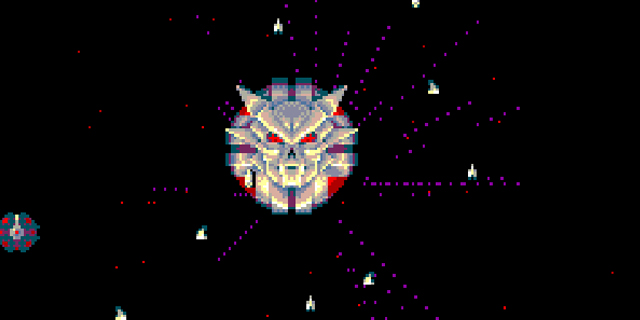
But Sinistar isn’t a game to be won; it’s a game to survive. With its difficulty being so central to the game’s themes being crushed and eaten by Sinistar is incredibly fun and just managing to outmaneuver it for two minutes is an incredible feat.
Sure, the game is rough and sometimes even a little hostile, but the horror theme is so unique in a shooter and the main character so charismatic that playing it for five minutes is an experience worth grabbing a joystick for. Now go and play it, coward!



















